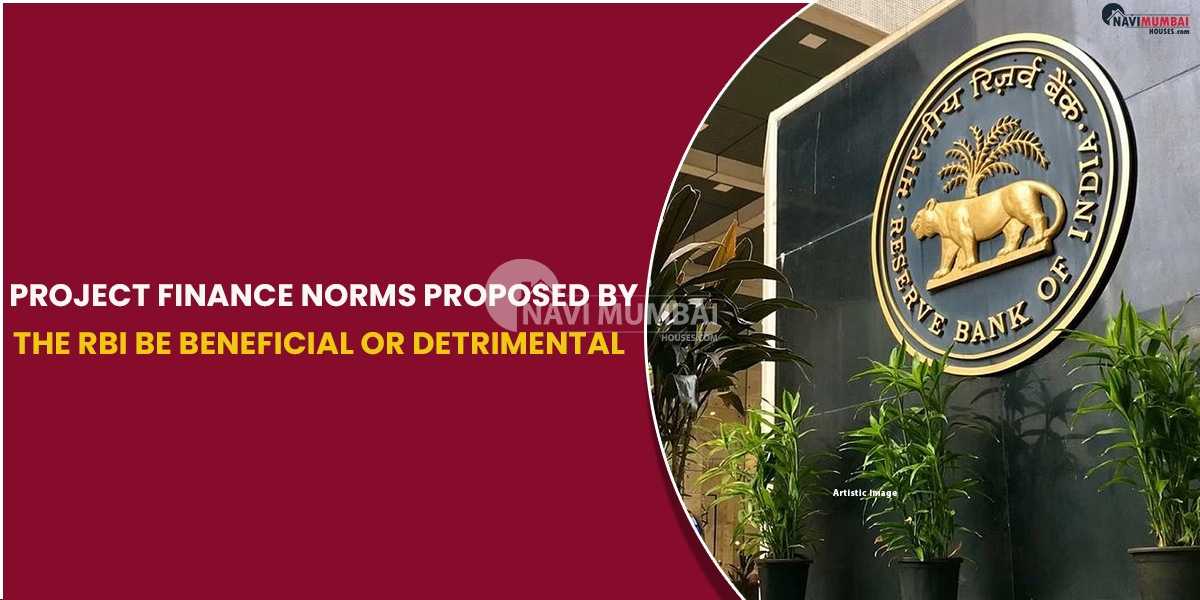
- May 24, 2024
- News
project finance norms proposed by the RBI be beneficial or detrimental
Are you searching 2bhk flat for sale in Kharghar?
What are the draft finance norms of the RBI?
Real estate asset provisioning is currently set at 0.4% of total assets. All schedule commercial banks, urban cooperative banks, non-banking financial corporations (NBFCs), and other financial institutions are cover under this.
3bhk flat for sale in kharghar
Project finance: what is it?
The funding of a single project with loan or equity is known as project finance.
Why is the proposed financial norms concerning the real estate industry?
Many in the Indian real estate industry’s constructed environment think the RBI’s aggressive approach is unnecessary. They think that long-term infrastructure initiatives and real estate projects ought to have different benchmarks. Their concerns stem from the following fears:
- Delay in approving the loan
- Cost of borrowing will increase
- Cost of interest increases
- Buyers will bear an increased burden
- Banks and NBFCs who lack project financing experience may become disinterested.
- Banks’ and financial organizations’ profitability to hit
- NBFCs and smaller banks are limit in their potential by minimum aggregate exposure restrictions.
Standard provisioning for loans and advances also follows sensible rules.
Chartered accountant Riddhi Saha feels that the RBI’s position is more related to a lack of confidence than credit-risk balancing.
“With its credit exposure to infrastructure and real estate, India is not China.
Lavish & Premium 3 BHK Flat for Sale in Dadar Spacious Apartment in Prime Location
You’re looking for Projects in Dadar have the Best Properties In mumbai Like Ready to Move: https://navimumbaihouses.com/properties/search/dadar/
If you want daily property update details please follow us on Facebook Page / YouTube Channel / Twitter









